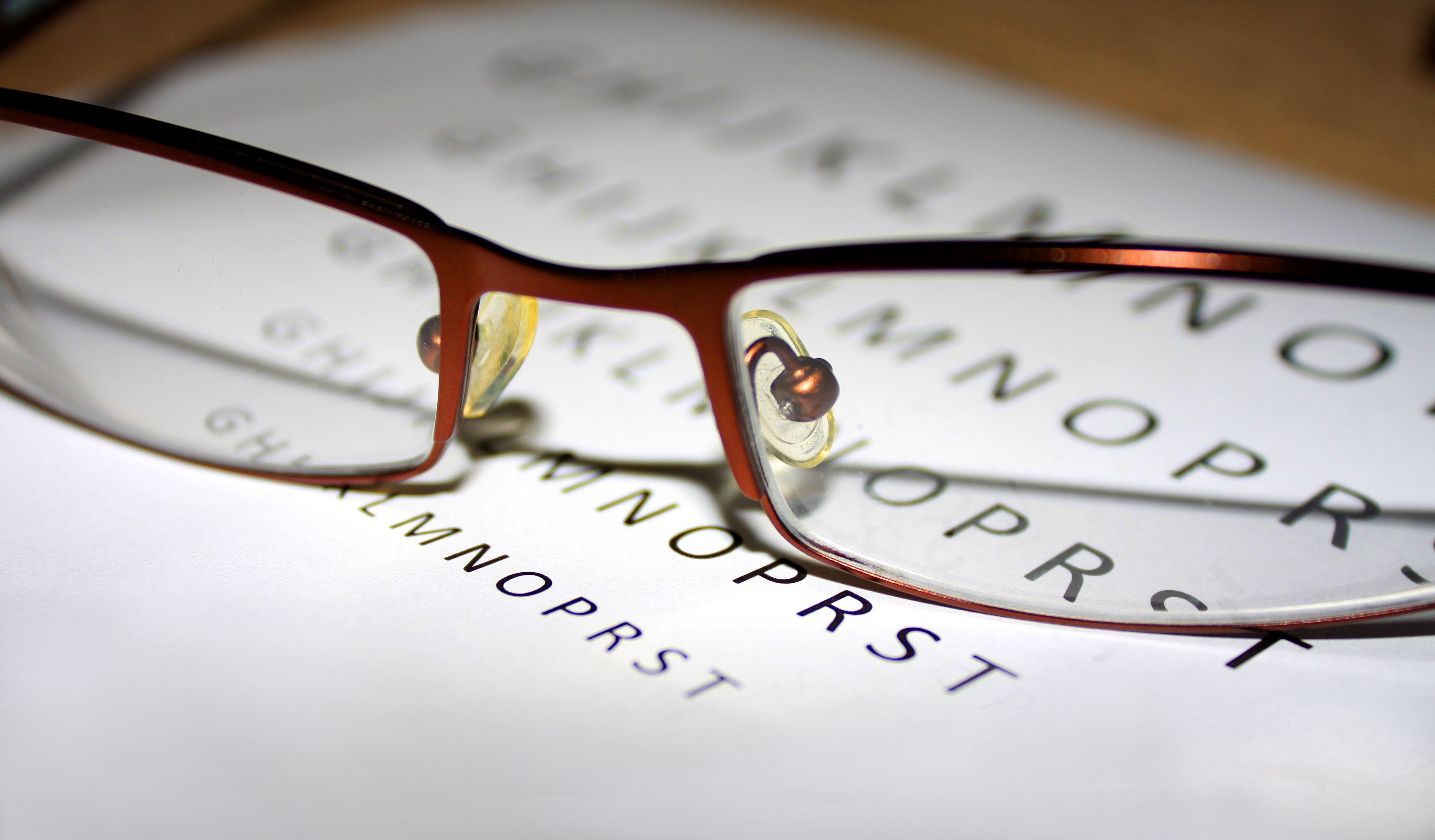Article
Links Found Between Cataract, Asthma Development
Author(s):
After examining national survey data, researchers found a bidirectional association in patients with cataracts and with asthma.
Cataracts are the leading cause of preventable blindness and the main cause of visual impairment on a global scale, which makes learning the ways it can develop an important matter of public health.
Asthma, too, is also a global public health problem. Whether there is a relationship between the 2 diseases was the aim of a recent study published in BMC Ophthalmology, which found that patients with asthma were more likely to develop cataracts than patients without, as well as the other way around.
This study used the National Health Interview Survey data from 2010 to 2019. Participants who were 40 years or older were included, as this was the most common demographic in cataract studies in the database.
Participants who were 39 years or younger were not included in this study. Participants were also excluded if they had missing data on cataracts or asthma.
There were 40,457 participants included in the study. Patients with asthma were more likely to be younger, female, non-Hispanic, have a higher education, single, and a former or current smoker or drinker.
Patients with asthma had a higher prevalence of cataracts compared with those without asthma (29.41% vs 25.87%).
Patients with cataracts were more likely to be older, female, non-Hispanic, have a higher education, single, and were a current or former smoker or drinker compared with those without cataracts. Patients with cataracts had a higher prevalence of asthma (14.41% vs 12.36%).
An unadjusted logistic regression model found that participants who had asthma had higher odds of having cataracts, with those with asthma having 19% higher odds of cataract compared with those without asthma (OR, 1.19; 95% CI, 1.12-1.27).
When controlling for age, sex, ethnicity, education level, and marital status, patients with asthma had 57% higher odds of cataract compared with those without (OR, 1.57; 95% CI, 1.45-1.70)
When adding cholesterol, diabetes, hypertension, smoking status, and alcohol consumption to the analysis, patients with asthma had 40% higher odds of cataract (OR, 1.40; 95% CI, 1.29-1.52).
Looking at the impact on asthma, an adjusted analysis controlling for age, sex, ethnicity, education level, and marital status on patients with cataracts showed a 51% higher odds of asthma (OR, 1.51; 95% CI, 1.40-1.64).
When adding high cholesterol, diabetes, hypertension, smoking status, and alcohol consumption to the analysis, patients with cataracts had 36% higher odds of asthma compared with those without cataracts (OR, 1.36; 95% CI, 1.25-1.47).
There were some limitations to this study. The cross-sectional nature of the study made the causal relationship between asthma and cataracts impossible to determine. Residual confounders still exist in the study, as it is impossible to assess them all. The study could not differentiate the types of cataracts, which could have biased the results. Self-reported covariates were also used, which could have affected or biased the results.
The researchers concluded that their research found a link between asthma and cataracts, with patients with asthma having higher odds of having cataracts and patients with cataract having a higher risk of asthma. They wrote that further research would be needed to confirm the findings.
Reference
Li W, Wang B. Cross-sectional study of the association between asthma and cataract among 40 years and older in the USA. BMC Ophthalmol. 2022;22:340. doi:10.1186/s12886-022-02564





